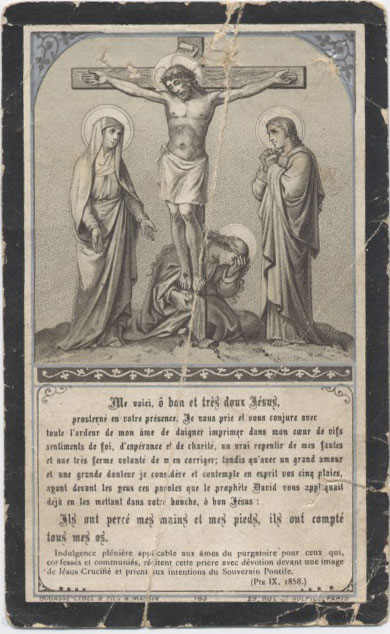“LABOR WILL REFUSE TO ENDORSE SOVIET” screams the headline in a June 19, 1921 article in the New York Times. The paper is reporting on the forty-first annual convention of the American Federation of Labor (AFL), held at Denver, Colorado, June 13- 25 of that year.
“Radical forces,” the Times reports, “are lining up in an effort to put over a resolution calling for the recognition by the United States of the Soviet Government. The Conservative element has a resolution condemning the Trotzky (sic)/Lenin regime but expressing the friendship of American labor with the Russian people. The latter resolution…will undoubtedly be adopted.”
The New York Times reporter also notes that “a warm fight is expected over the resolution introduced by the Berlin (N.H.) Central Labor Union calling for condemnation of the Ku Klux Klan as ‘detrimental to the working people of the country and directly opposed to the Constitution of the United States of America’.”
The Proceedings of the AFL Convention record the complete text of the Berlin Central Labor Union’s resolution (pp 205-6). It is resolution number 71, introduced by delegate James A. Legassie, as follows:
There is no coincidence that this resolution was introduced by a labor organization from Berlin, New Hampshire. A perusal of the 1920 U.S. Federal Census of Berlin, the census year closest to the date of the AFL resolution, reveals a diverse, multicultural mill town.
English and Anglo-Canadian immigrants and Yankees live beside Irish, Italians and other nationalities. There are large numbers of Russians and Yiddish-speaking Russian Jews.
The largest ethnic bloc, however, is the French-Canadians. According to the official history on Berlin’s city web site, 57 percent of the population of the town was of French-Canadian origin in 1930.
The James A. Legassie who introduced the anti-Klan resolution I believe to be the man in question in the naturalization petition below.
The Census of 1900 (Berlin Ward 2, District 0258) finds a "James Lagassé," machinist, born about 1866 who lives with his wife Emma and two sons Edward and Arthur. Both James and his wife were born in French Canada, the census claims. Everyone listed on this particular page of the census is of French-Canadian origin.
The 1920 and 1930 censuses reveals that James was from New Brunswick and claims that he spoke English before coming to the States. However, the name Legassie, in its various spellings, is a québécois name and in 1900 Legassie and family are living in a wholly Franco-American enclave.
Legassie introduced the 1921 AFL resolution at the height of the Second Klan’s influence and appeal. The Second Klan aimed its propaganda in the North at Jews, Catholics and ‘foreigners.’ At least one of those attributes describes the vast majority of the population of Berlin in 1921.
It was multicultural Berlin's union that drew attention to the “outrageous crimes” of the Klan and were concerned enough to challenge one of the largest labor groups of the era to take an unambiguous stand against it.













